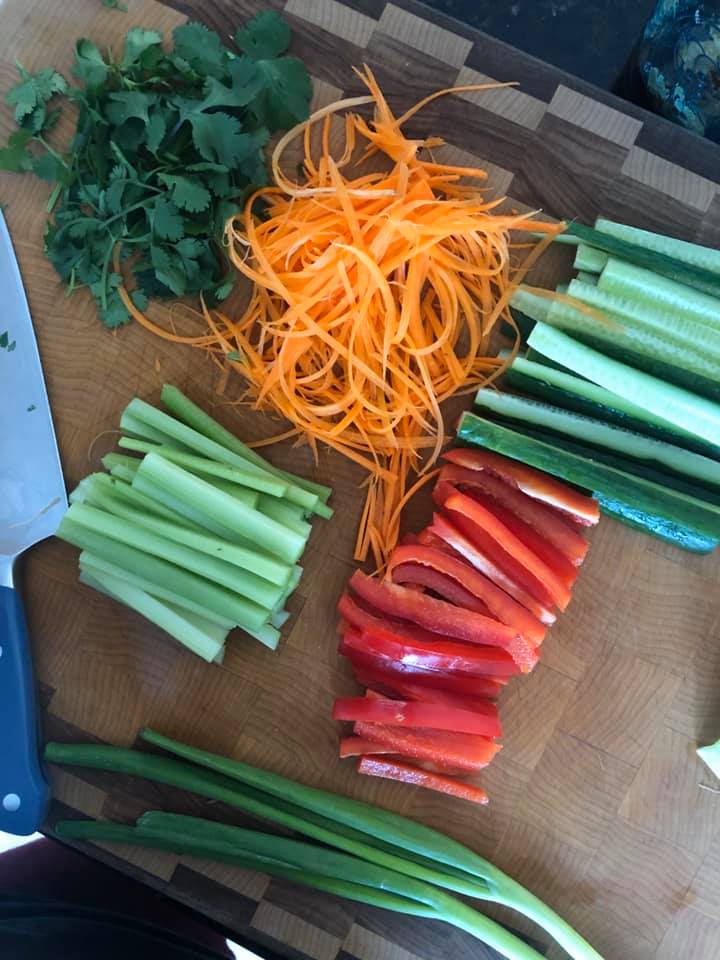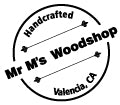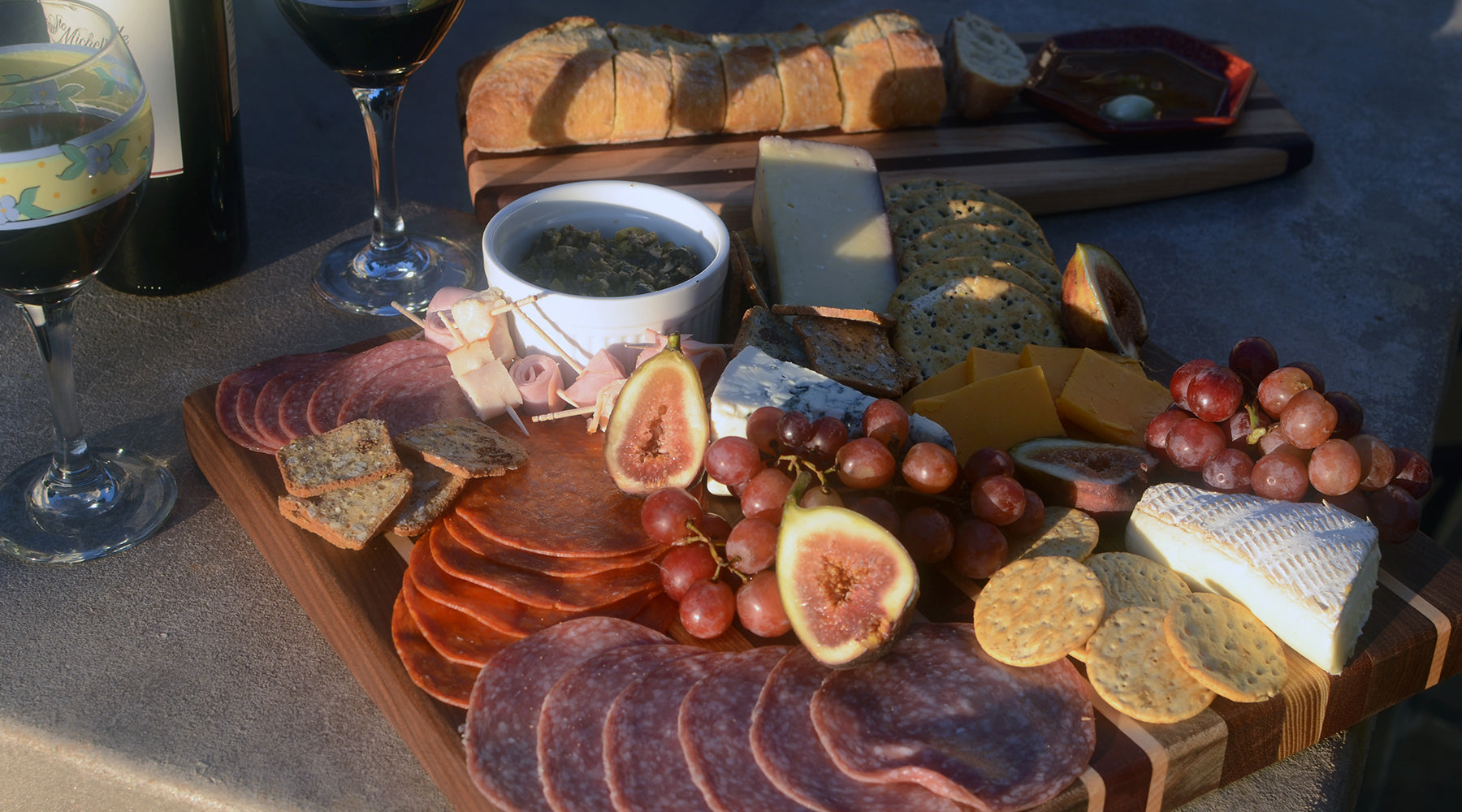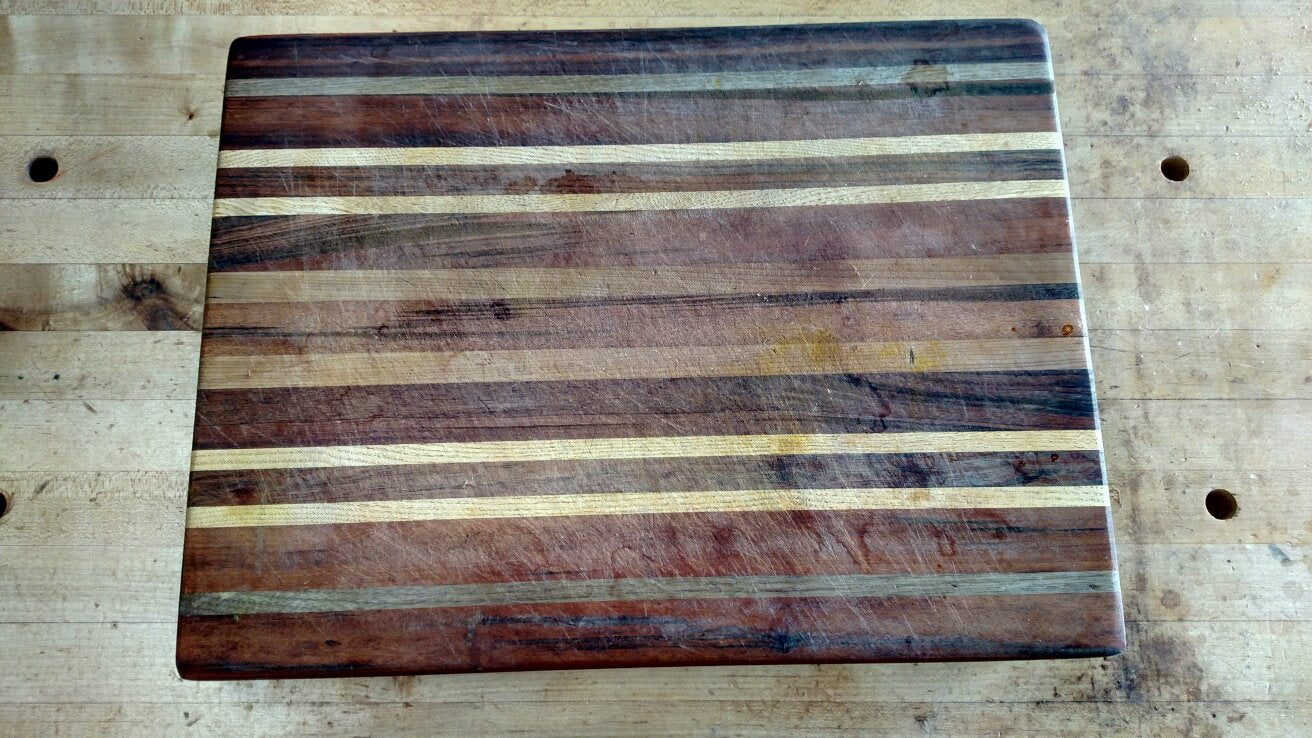
There is a ridiculous amount of bad information about cutting boards on the ‘net. This article seeks to clear up that confusion, and report the facts about what kind of cutting board is the best for you – with facts as proven by scientists, that is. You know, actual facts proven by research done by smart people.
I love it when smart people get involved.
In the blogosphere, you find a lot of self-styled experts that are happy to tell you what they think … without references, and without the benefit of any sort of proof. Typical is this post from Casual Kitchen, which dispenses some sound advice while simultaneously saying things based more on ignorance than fact-based reasoning. Here’s another from Huffington Post that recommends wooden boards … along with a new composite board with no scientific backing at all. That’s exactly what I’m fighting here.
What should a cutting board do?
- Protect your counters and tables from cutting damage when you cut, chop and process food.
- Protect your knives from cutting on a too hard surface that will quickly dull the sharp edge of your knife.
- Protect your family from bacteria that can be a by-product of food preparation – especially meat preparation.
What kind of cutting board is best?
There are many choices. The traditional choice for a cutting board is a laminated wood composite made from hard maple. Recent alternatives such as glass, granite, enamel and plastic have been evaluated, and most have been found wanting. The hardest boards (glass, granite, enamel) will dull your knives too quickly; they’re really not suitable as cutting boards. Experts today believe that wood and plastic “boards” are the most viable options.
Professor Dean Cliver, a microbiologist at the University of California – Davis, has done a lot of research on the best surface to halt bacterial spread. Read a great comparison of cutting boards made of marble, plastic and wood, here. Dr. Cliver’s recommendation: wood. Plastic proved to have many, deep bacterial colonies in the knife cuts on the board. Marble spread contamination across the surface, with too-many-to-count bacterial colonies once contaminated. Wood? Here’s Dr. Cliver’s explanation:
“It’s a very porous material and the fluid is drawn into the wood by capillary action and if there are bacteria in the fluid they go in and they never come back alive.”
Wooden boards do require cleaning (more on that later), but they are proven to house and transmit less bacteria than other kinds of cutting boards. Other studies are linked below for your reference.
What should a wooden board be made of?
Boards are not required to be made of hard maple, though many of the best cutting boards are made of that wood.
Here’s what the USDA says in the Food Code 2009: Chapter 4 – Equipment, Utensils & Linens, Section 4-101.17 Wood, Use Limitation:
Hard maple or an equivalently hard, close-grained wood may be used for:
(1) Cutting boards; cutting blocks; bakers’ tables; and utensils such as rolling pins, doughnut dowels, salad bowls, and chopsticks
No wood other than hard maple is mentioned by name in the regulation. Does that mean only hard maple should be used? No, the regulation specifically says “equivalently hard, close-grained wood may be used.” Oak is similarly a hard wood but is not close-grained (and I never use oak in the boards I make!). Other woods that I do use are walnut, cherry, purpleheart, padauk, jatoba and tigerwood. All are “equivalently hard, close-grained woods.” To look at a comparison of the hardness of woods, you can see the ranking on the Janka scale, here. Hard maple has a score of 1450; tigerwood has a score of 1850 (so it is harder) and purpleheart has 1860.
Black walnut and cherry are very common higher end cutting board woods in the US (just as they are very common woods for furniture built in America), but they are softer, with Janka scores of 1010 and 995, respectively.

The USDA has also acknowledged that bamboo – which is actually a grass – can be used in cutting boards. The good news is that bamboo cutting boards are hard, absorb little moisture, and resist scarring from knives. The bad news is that the fibrous nature of bamboo will dull your knives, a lot of glue is used to laminate bamboo lumber, and all bamboo products come from overseas. Labor practices and production norms are very much at issue. Bamboo is softer than hard maple, with a Janka score of 1180. There are better solutions grown and made closer to home, unless you happen to live in the area from which bamboo is harvested and processed.
The Research
So, which wood is best to use? Luckily, it has been researched and the result is surprising!
The University of Wisconsin-Madison supported a study that evaluated the bacterial resistance in new and used plastic and wood cutting boards. Nine different wood species and 4 plastics were evaluated in the study:
- Ash
- Basswood
- Beech
- Birch
- Butternut
- Cherry
- Hard Maple
- Oak
- Black Walnut
- polyacrylic
- polyethylene
- foamed polypropylene
- polystyrene
The plastic boards – of all types – were shown to foster more bacterial growth at every time interval tested. Wooden boards – of all species – were shown to have virtually no recoverable bacteria after 12 hours. There was nominal difference between the species, but over all, wood cutting boards were shown to be much cleaner than all of the plastic boards.

The Bottom Line
You probably want to have at least 2 cutting boards: a large hard wood board for your counter-top chopping and food processing, and a small board that you or your sous chef can carry to another location to chop veggies. Some will recommend you have 3: a hard wood board for meat prep, a second one for vegetable prep, and an easily-portable plastic board for your sous chef.
In Velda’s kitchen, she uses 4 wooden cutting boards currently. And she’s asked me for more to replace those that are showing wear. That’s appropriate … and part of what I’ll cover in the next post.
Next up: Cutting Boards: Care & Cleaning
More
Leave a comment (all fields required)
Comments will be approved before showing up.



